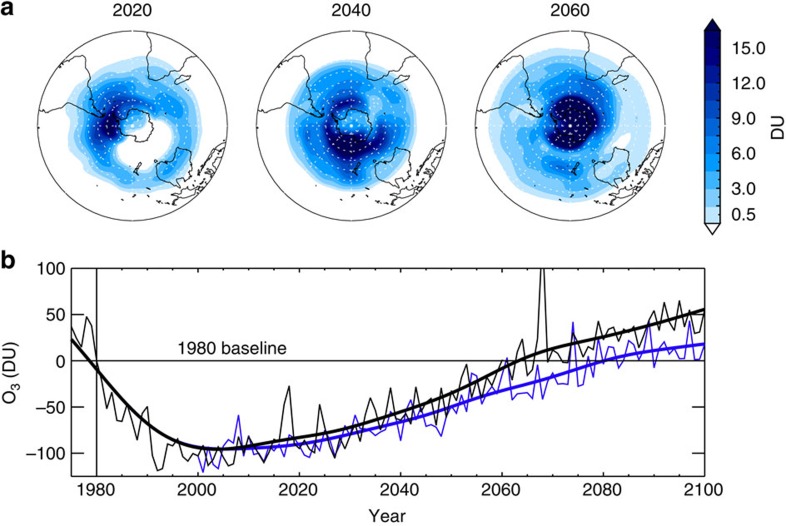Figure 7. Future impact of CH2Cl2 growth on Antarctic column ozone and ozone trend from CCM simulations.
(a) Springtime mean column ozone decrease (DU) due to CH2Cl2 in the SH. (b) October mean Antarctic stratospheric ozone column (DU) relative to 1980. Results are shown for UMSLIMCAT run with CH2Cl2 growth Scenario 1 (blue, surface CH2Cl2 continues to increase at the mean rate observed over the 2004–2014 period) and without CH2Cl2 (black). While inter-annual variability is large, the two ozone time series are statistically different at the 95% significance level according to a Student’s t-test (P value=0.02). Ozone returns to the 1980 baseline in the year 2064 (without CH2Cl2) and in 2081 (Scenario 1).

